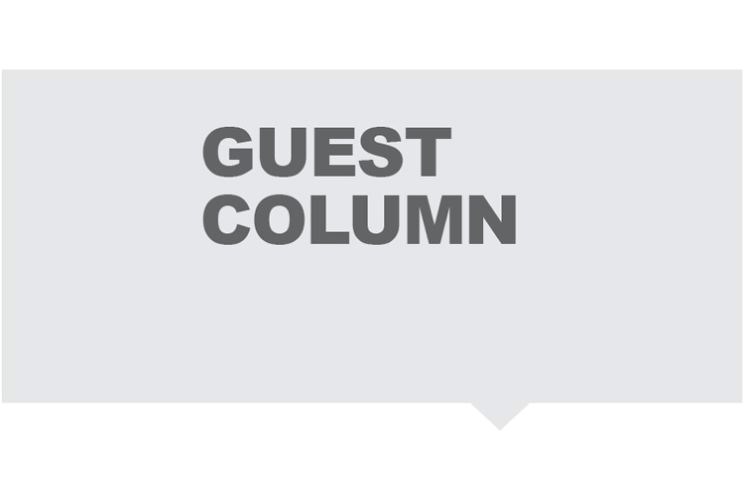It’s all very well to believe in gender equality, but there is much more to the story.
As intersectional feminism points out, the very term of “gender” makes a massive generalization. Feminism therefore may not fully represent some and the lack of the intersectional element is very likely to be the reason why 68 per cent women in Canada do not identify as feminists, as of 2015. Feminism can become much stronger, by integrating this intersectional component into its mainstream definition.
Shuirose Valimohamed, School District 57’s vice-chair, explained what feminism means to her, taking into consideration overlapping systems of discrimination.
“We all want gender equality, but when it comes down to it, we all need (to ally) with all female genders,” she said, explaining that this should override but still honour individual cultural differences and that these contexts are valuable to creating a solidified understanding throughout the feminist movement.
“You have to put that intersectional piece into it,” she said, noting how multiple layers to inequality cannot be wholly swept away by a simplified understanding of feminism. “We don’t have gender equality, but we also do not all have the same playing field as a white feminist.”
Valimohamed went on to explain how stigma and stereotypes can clash to create further inequality and that a union throughout all people seeking equality is the missing piece. The union needs to go further, she argued, throughout men and women, “if you see something, say something.”
It’s fascinating how microaggressions can be so majorly harmful in contributing to an unequal society, despite their inconspicuous name. When feminism seeks to level the playing field for women, and intersectional feminism seeks to level the playing field within women, what of those not allowed to join the movement, because they did not meet the height and age requirement sternly monitored by what seems like a worker at an amusement park?
That’s what ageism feels like.
“You’re learning, and we’re learning from you,” Valimohamed said, in support of young voices within the feminist movement. “Keep doing what you feel is right. Always tell your truth, no matter what. Young people need a bigger voice.”
Now how does this underlying age-based hierarchy and need for established intersectionality within feminism compliment one another?
Well, to begin with, when we simplify feminism, we assume that everyone has the same problem: that they experience gender discrimination, full stop. When the intricacies are ignored, this problem that is deemed universal may seem more relevant to some age groups and less relevant to others.
For instance, if we think of feminism as just women wanting equal pay, and things of that sort, the definition may be swayed, and therefore contribute to this age-based hierarchy that I earlier spoke of.
Malala is a tremendous example of why intersectionality and championing young voices is so important. The oppression she faced, within a cultural context, did not heed her young age of 15, so why should her or any strong and inspiring voice be at all impacted by age?
Those who examine the feminist movement without such consideration should perhaps be wary of what they say. They should not judge by age, nor through an oversimplified lens.
They should listen to the words and not pick apart the voices.
- Noor Zohdy is a Grade 11 student at College Heights Secondary.



